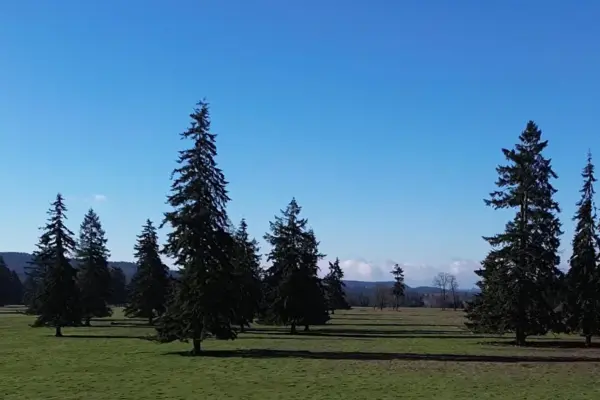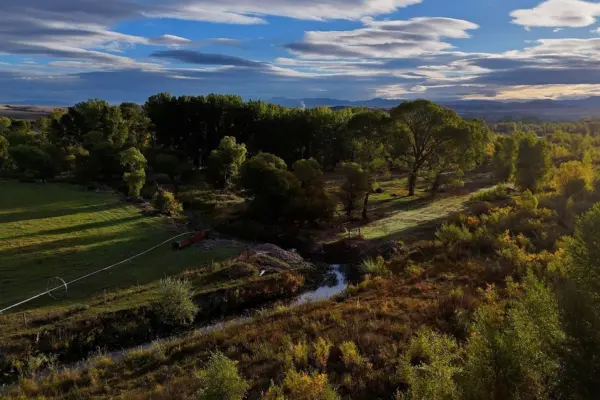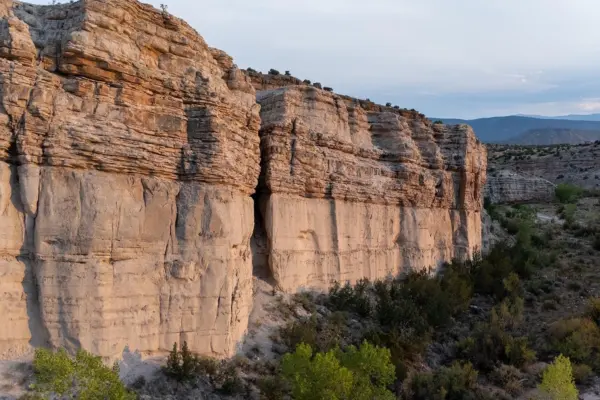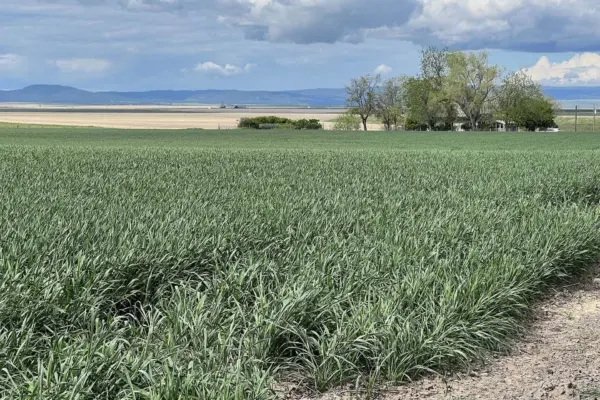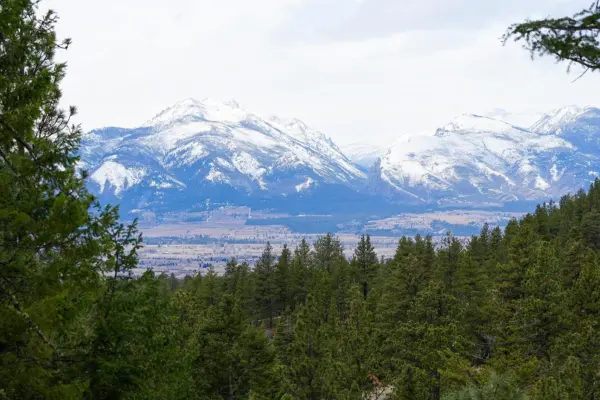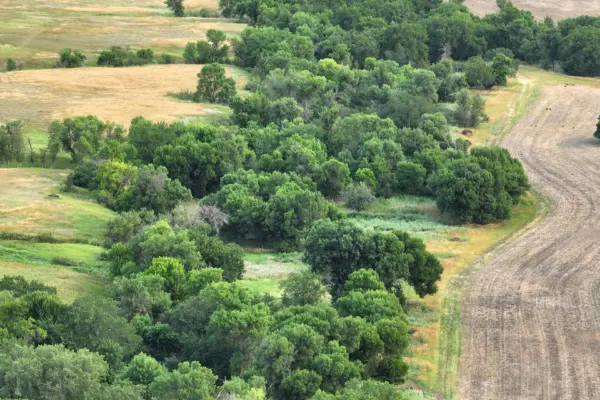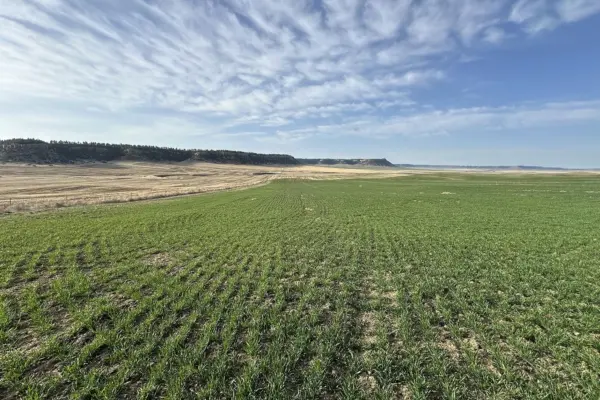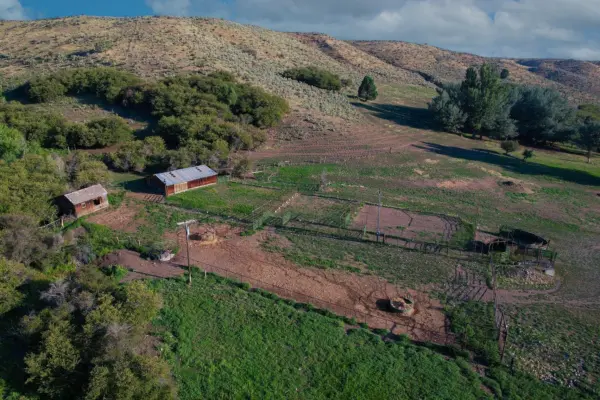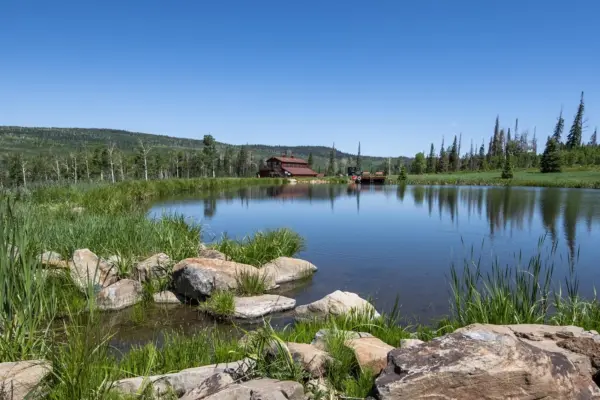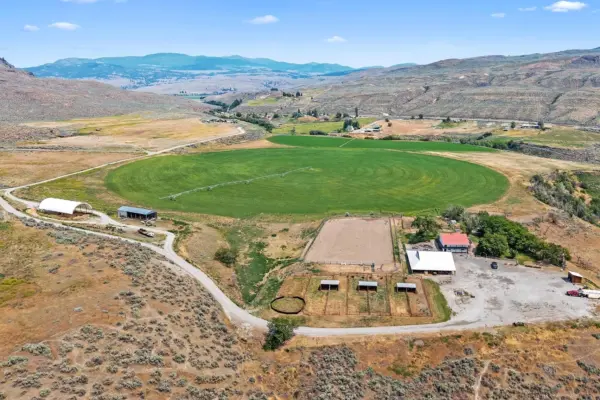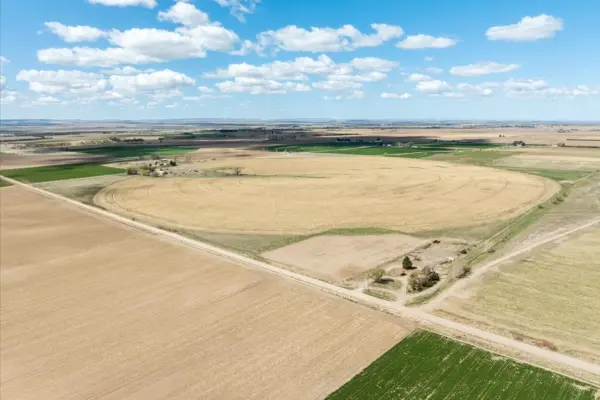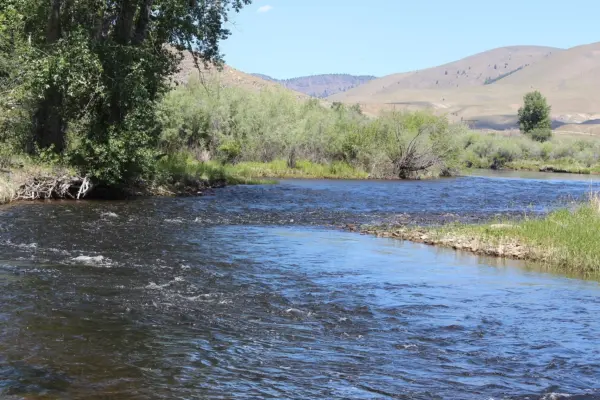Upland game bird hunting in South-Central Montana is no longer a secret. The Clarks Fork of the Yellowstone River valley all the way down into Wyoming, and the surrounding Pryor mountains foothills to the east, on the Crow Indian reservation, offer spectacular hunting opportunities for sharp-tailed grouse, Hungarian partridge, and ring-necked pheasant.
When I was growing up in northwest Wyoming around Cody, you could almost always get access to bird hunting on most ranches, just by stopping in and asking permission from the landowners. But those days have long since disappeared. Today, most game-rich ranches in northern Wyoming and south-central Montana are private hunting only. Landowners either hunt themselves and are keen to keep the hunting good for their family and friends, or they lease hunting rights out as another valuable source of income for the operation as a whole. However, the public hunting opportunity is still terrific in Montana through the Block Management program, wherein landowners allow walk-in-only hunting to the general public in return for compensation for each hunter-day by the state Game & Fish Department.
I gradually developed my passion for wing shooting and upland bird hunting from my father, Pony Duke, who loved hunting pheasant, huns, and grouse. Like a lot of old elk hunting guides of his generation, as he became older, he cared less and less for all the time and work associated with big game trips and became more and more of a bird hunter. Having Labrador retrievers, you love who live for the hunt, being able to experience a great hike in a beautiful country and bringing home excellent food for the table all in one fine day, then doing it all over again makes life worth living!
My dad and I would meet almost every Saturday morning in a café in Laurel, Montana to carbo-load for the long day ahead, walking the wheat stubble fields of central Montana scouting for huns, then hiking through the brush along the Musselshell River later in the day in search of pheasants and ducks. Afterward, there would invariably be a few beers in the local watering holes where, before the journey home, we would meet other local farmers and ranchers, and make more connections for new places to hunt. But after a time, we realized it would make sense to own a place specifically for hunting, so we would not have to put on so many miles in search of adventure. I wanted to own a ranch of my own, and his place up in the mountains on the Stillwater River was a good ninety-minute drive from bird country. So, we decided to go in as partners and find a place I could call home—and where the hunting would be fantastic. We looked all over a wide swath of central Montana before I found the ranch I now live on and operate. Before my dad passed away eight years ago, we had fifteen great years of being able to walk out the door, whistle for the dogs, and strike out for a day’s walk that almost always yielded a limit of something, and plenty of tall tales to spin later that evening over a bottle of fine wine.
Today, the idea of buying a farm and ranch just for hunting opportunities is not uncommon. You can manage property for birds, deer, and elk, and still realize a good income from the farming and ranching operation, all the while building on and improving the overall value of the property, and your investment in it as a whole.
When I bought my ranch, I quickly found out that there were over twenty thousand acres of Block Management with excellent hunting, all within a twenty-minute drive. In addition, the Crow Tribe offers licenses for hunting upland birds when sold with an accompanying Trespass license that allows an avid hunter access to hundreds of thousands of acres of tribal lands within the reservation’s borders. The rules are that, technically, a hunter needs the permission of one allottee among the hundreds of Native American tribal members of each parcel of land, and those owners vary by parcel. But the reality is that, as long as it’s not deeded land within the reservation (of which there is some, but not much), and it’s not posted, and you can’t see a house or structure in any direction, then you can hunt on it. And that describes most of the area. Licenses can be purchased from the Tribe at the gas station at the Little Bighorn Battlefield. An Indian guide is necessary for big game hunting, but not for birds.
Block Management areas all require daily sign-in at the box located at a property. There, you will find maps of the area that can be hunted. You can research all the different BMAs online or go to the local Fish Wildlife and Parks headquarters in Billings, where they have a table set up for the public to study maps, regulations, and rules. The general rule of thumb is that, if you are willing to walk a mile into most Block areas, you will find that the hunting gets great, as ninety percent of the local hunters don’t go that far.
In central Montana pheasants mostly populate the river bottoms and crop fields near a creek or stream. This is also where you will often jump ducks, geese, and snipe making for a terrific mixed bag. The higher foothills of dryland wheat stubble and fallowed fields, and vast swathes of sagebrush favor native sharp-tailed and sage grouse, as well as Hungarian partridge. Past the foothills where the timberline starts gives way to ruffed and blue grouse. Wild turkeys, once rare in Montana, are found practically everywhere with the state holding more Merriam’s turkeys than any other but Texas now.
As fun as waterfowl and pheasant hunting are, I would have to say that I look forward to no other day more than September 1, the opening day of the grouse season. That means heading up into the mountain foothills and humping the big coulees and doing the big laps around the seemingly endless acres of cut wheat stubble fields. That is where the bird’s food is but also where they are most vulnerable to their primary predator, hawks, and falcons. So, the edge habitat of long grass and brush along the edge of the fields is where you will find them, as well as at the waterholes, seeps, and springs. After you have hunted an area several times and come to know where the water features and juniper bushes are where birds rest and hydrate you will have the route of your hike already planned to include these places. My friends and I like to do what we call ‘big laps’ of several miles, each going one way or the other until we meet and then hunting the center back to the truck where cold water(and beer!) are waiting. It is necessary to carry a lot of water with you for the dogs, stopping to water them frequently on these early season laps, especially until you learn where the waterholes are for breaks.
Hunting for birds in south-central Montana in all four directions from Billings is superb. Buying a ranch with great bird hunting is a fantastic and fun experience for the passionate sporting family—and the abundant public hunting nearby enriches the value and experience exponentially.






